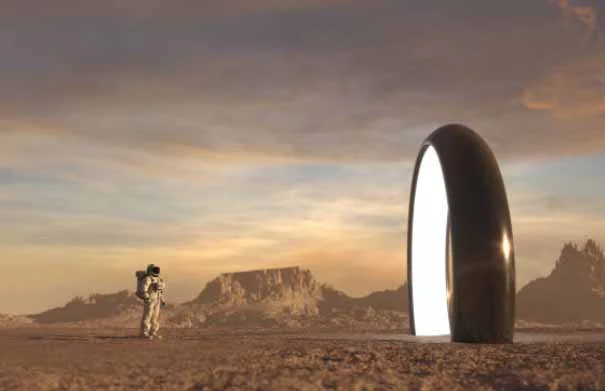When it comes to space exploration, the future looks brighter than ever before. Thanks to remarkable scientific innovations, our understanding of the universe and our ability to explore it has been catapulted to new heights. In this blog post, we will delve into the exciting advancements that are paving the way for interstellar travel, and how these breakthroughs are opening up a myriad of possibilities for humanity to embark on a journey to explore new horizons.
1. Breakthrough Propulsion Systems
One of the greatest challenges in interstellar travel is the vast distances that need to be covered. Traditional propulsion systems are simply not capable of achieving the necessary speeds to reach distant star systems within a reasonable time frame. However, recent breakthroughs in propulsion technology have ignited hopes for faster and more efficient space travel.
One such innovation is the concept of warp drive, popularized by science fiction but now being seriously explored by scientists. Warp drive works by distorting space-time, creating a bubble around the spacecraft and allowing it to travel faster than the speed of light. While still in its theoretical stages, ongoing research and experimentation hold the promise of making this once fantastical idea a reality.
2. Advanced Life Support Systems
Another crucial aspect of interstellar travel is ensuring the survival and well-being of the crew members during prolonged space missions. Advanced life support systems are instrumental in achieving this objective. These systems are designed to provide astronauts with a self-sustaining environment, offering them the necessary resources for survival, such as oxygen, water, and food.
Recent advancements in closed-loop life support systems are reducing the dependency on resupply missions from Earth. These systems aim to create a self-sufficient ecosystem within the spacecraft, where waste products are recycled into vital resources. By minimizing the need for resupplies, interstellar missions can become more feasible, as they reduce the logistical challenges associated with long-duration space travel.
3. Artificial Intelligence for Space Exploration
Artificial intelligence (AI) has been a game changer in various industries, and space exploration is no exception. AI-powered systems can efficiently process massive amounts of data, identify patterns, and make autonomous decisions, enhancing the overall efficiency and safety of space missions.
One remarkable example is the use of AI in autonomous navigation. Spacecraft equipped with AI can make real-time adjustments to their flight path, avoiding obstacles and optimizing efficiency. Additionally, AI algorithms can analyze celestial data to help scientists discover new planets, identify potential habitable environments, and even predict space weather, further expanding our understanding of the universe.
Conclusion
The journey towards interstellar travel is not just a dream; it is becoming a reality thanks to the incredible scientific innovations in space exploration. Breakthrough propulsion systems like warp drive, advanced life support systems, and the integration of artificial intelligence are propelling us towards a future where human expeditions to distant star systems are within grasp.
As we continue to push the boundaries of our knowledge and technological capabilities, the day when we explore new horizons among the stars is drawing near. It is an exciting time to be alive, witnessing the development of technologies that will shape the future of humanity’s ventures into space.
So, fasten your seatbelts and get ready for the next great leap in human exploration as we prepare to unlock the mysteries that lie beyond our home planet.

